-
About
- About Listly
- Community & Support
- Howto
- Chrome Extension
- Bookmarklet
- WordPress Plugin
- Listly Premium
- Privacy
- Terms
- DMCA Copyright
- © 2010-2025 Boomy Labs


 Hans De Keulenaer
Hans De Keulenaer
Listly by Hans De Keulenaer
Energy solutions that are low-carbon, publicly acceptable and evolving towards cost-effectiviness.

An electric vehicle uses 3 to 5 times less energy than its combustion equivalent. And its electricity use will be increasingly climate-neutral.

Hydroelectricity is electricity produced from hydropower. In 2015, hydropower generated 16.6% of the world's total electricity and 70% of all renewable electricity, and was expected to increase about 3.1% each year for the next 25 years.
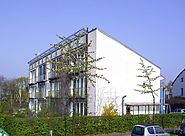
Passive house (German: Passivhaus) is a rigorous, voluntary standard for energy efficiency in a building, which reduces the building's ecological footprint.
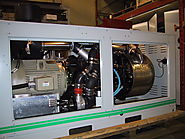
Bioenergy is renewable energy made available from materials derived from biological sources.
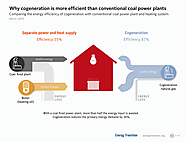
Cogeneration or combined heat and power (CHP) is the use of a heat engine or power station to generate electricity and useful heat at the same time. Trigeneration or combined cooling, heat and power (CCHP) refers to the simultaneous generation of electricity and useful heating and cooling from the combustion of a fuel or a solar heat collector.
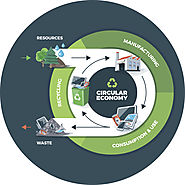
Looking beyond the current take-make-waste extractive industrial model, a circular economy aims to redefine growth, focusing on positive society-wide benefits. It entails gradually decoupling economic activity from the consumption of finite resources, and designing waste out of the system.

Deep Reduction or Deep Energy Reduction is a term used in US for a deep renovation or a deep refurbishment, which aims at 75 % or more reduction in energy use compared to before the improvement.

Energy management helps businesses and consumers to make better and more rational use of energy can lead to important benefits in terms of enabling cost savings and promoting efficiency.

A heat pump is a device that can provide heating, cooling and sanitary hot water for residential, commercial and industrial applications.

District energy delivers sustainable heating and cooling, connecting local resources to local needs.
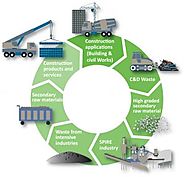
Industrial symbiosis is a much broader concept but could be applied to energy use (e.g. district energy, microgrids, collaborative renewables, ...). Synergies between industry and energy communities could be explored as well.
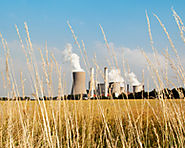
Carbon Capture and Storage (CCS) is a technology that can capture up to 90% of the carbon dioxide (CO2) emissions produced from the use of fossil fuels in electricity generation and industrial processes, preventing the carbon dioxide from entering the atmosphere.
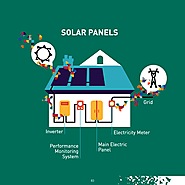
Solar photovoltaic panels convert sunlight into electricity. They can be mass produced and over the past decade, their costs have reduced significantly. They have no moving parts and hence can enjoy a long lifetime (if heat if managed properly).

Nearly zero-energy buildings (NZEBs) have very high energy performance. The low amount of energy that these buildings require comes mostly from renewable sources.
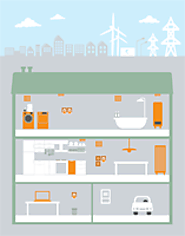
Smart appliances are probably the main option to achieve flexibility of the energy demand in the residential and commercial sector. The energy consumption load patterns of smart appliances can be remotely shifted or otherwise altered with acceptable user impact.

Small hydropower dams are proliferating around the world, driven in part by policies to promote renewable electricity. Though assumed to be low impact, sometimes small hydropower dams can have high impacts and generally make insignificant contributions to electricity grids.
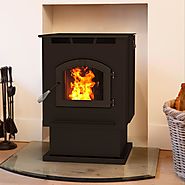
Burning wood is a source of heat energy. Although CO2 is released when burned, wood is considered to be carbon neutral since it absorbs the same amount of CO2 from the atmosphere during its growth. Automated wood-pellet stoves provide space heating. Modern stoves have built-in temperature and timer controls and fans that distribute warm air around the room. They are easier to regulate than log burning stoves and need little attendance during their operation. The pellet feed hopper can provide temporary internal storage for fuel for several days.
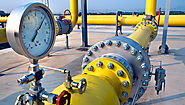
This solution provides grid balancing services while producing green hydrogen or ammonia. Also metal electrolysis can provide demand response, though not at the same speed as power-to-X solutions.
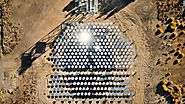
A secretive startup backed by Bill Gates has achieved a solar breakthrough aimed at saving the planet.
